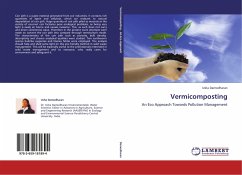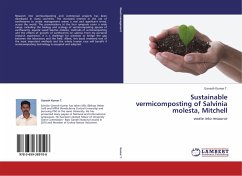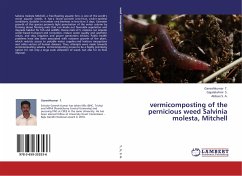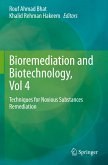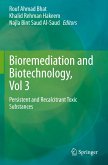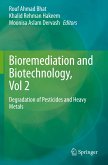Coir pith is a waste material generated from coir industries. It contains rich quantities of lignin and cellulose, which are resistant to natural degradation of coir pith. Huge quantity of coir pith piled as mounds at the vicinity of coconut coir factories pose ecological problems, as being very light is easily air borne and causes nuisance. This, as such does not carry and direct commercial value. Therefore in the present work attempts were made to convert the coir pith into compost through vermiculture mode. The characteristics of the coir pith such as porosity, bulk density, absorptivity and chosen analytical qualities were studied. Two earthworm species Eudrilus eugeniae and Eisenia fetida were employed. The analysis should help and shed some light on this eco-friendly method in solid waste management. This will be especially useful to the professionals interested in solid waste management and to everyone, who really cares for environment and safeguard it.
Bitte wählen Sie Ihr Anliegen aus.
Rechnungen
Retourenschein anfordern
Bestellstatus
Storno

